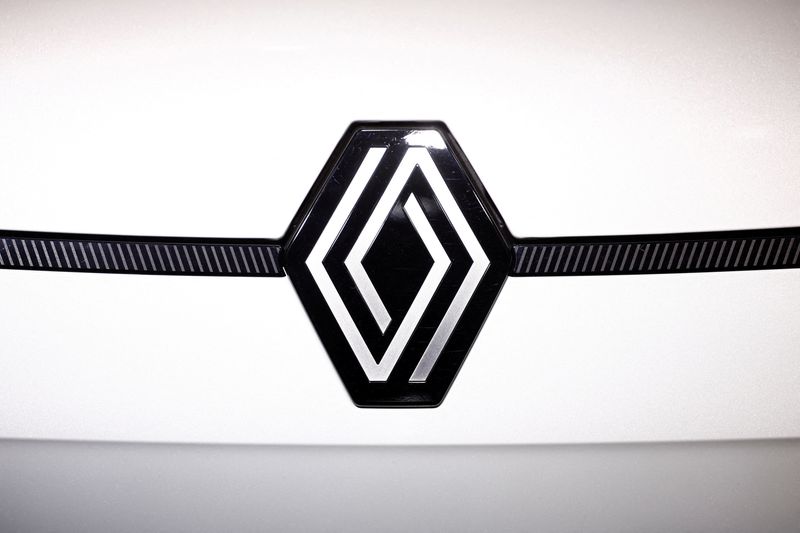Verizon to cut 15,000 jobs amid growing competition pressures - WSJ
Investing.com -- Renault (EPA:RENA) shares tumbled sharply on Wednesday after the company issued a profit warning and released preliminary first-half figures that fell short of expectations.
Trading in the stock was initially halted before resuming with a big decline at the open. The shares were down roughly 17% at 34.28€ as of 10:55 GMT.
The French automaker said late Tuesday that June was particularly weak, citing lower-than-expected vehicle volumes, a soft retail environment, and challenges in its light commercial vehicle division.
First-half revenue came in at €27.6 billion, broadly in line with expectations. However, the operating margin of 6% suggests operating profit is about 12% below consensus, according to Berenberg analyst Romain Gourvil.
The company also flagged a sharp drop in free cash flow, which totaled just €47 million in the first half. The figure was weighed down by a negative working capital impact of around €900 million, driven by delayed invoicing and a weaker European market for passenger cars and vans.
Renault had outperformed many of its European peers this year, helped by the absence of U.S. exposure and a solid reception to its latest electric vehicle offerings. But the company now anticipates sustained pressure from increased competition and a declining retail market.
As a result, Renault lowered its full-year guidance. It now expects an operating margin of around 6.5%, down from at least 7% previously, and cut its forecast for automotive free cash flow to €1–1.5 billion, from a prior target of at least €2 billion.
"As a reminder, the company does not guide on revenue, but taking the FY25 Visible Alpha consensus figure, and applying the new guidance, would imply a cut to operating profit by 7% and FCF by 22% to reach the mid-point," Bernstein analysts commented.
On Tuesday, the carmaker announced that CFO Duncan Minto will serve as interim CEO. The search for a permanent replacement is ongoing, though no timeline was provided.
During the earnings call, Minto attributed the H1 miss to weaker-than-expected June volumes, particularly in the retail channel, underperformance in light commercial vehicles amid a softer European market, and billing timing issues that drove up receivables.
He also noted that negative working capital stemmed from elevated OEM inventories at the end of H1, following lower-than-anticipated June volumes.
